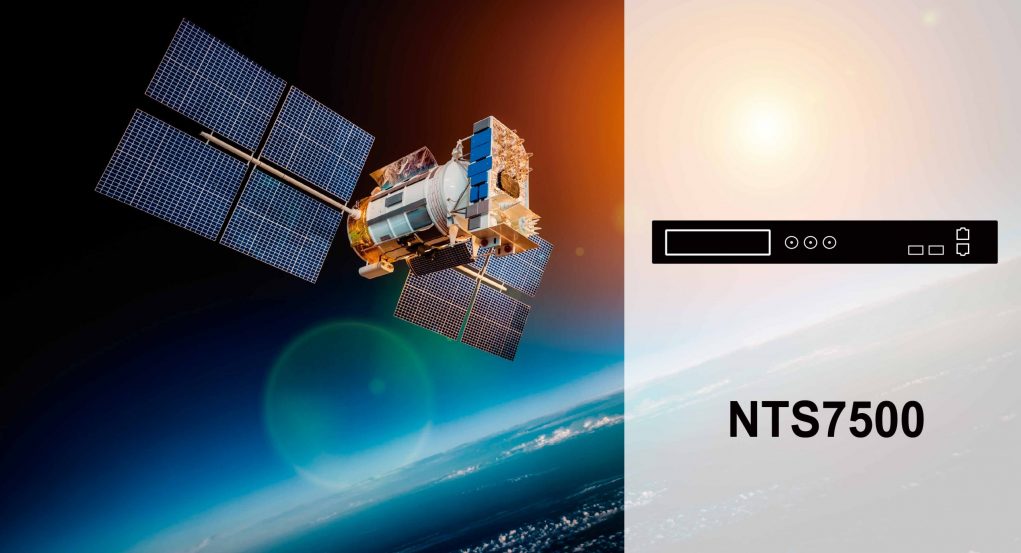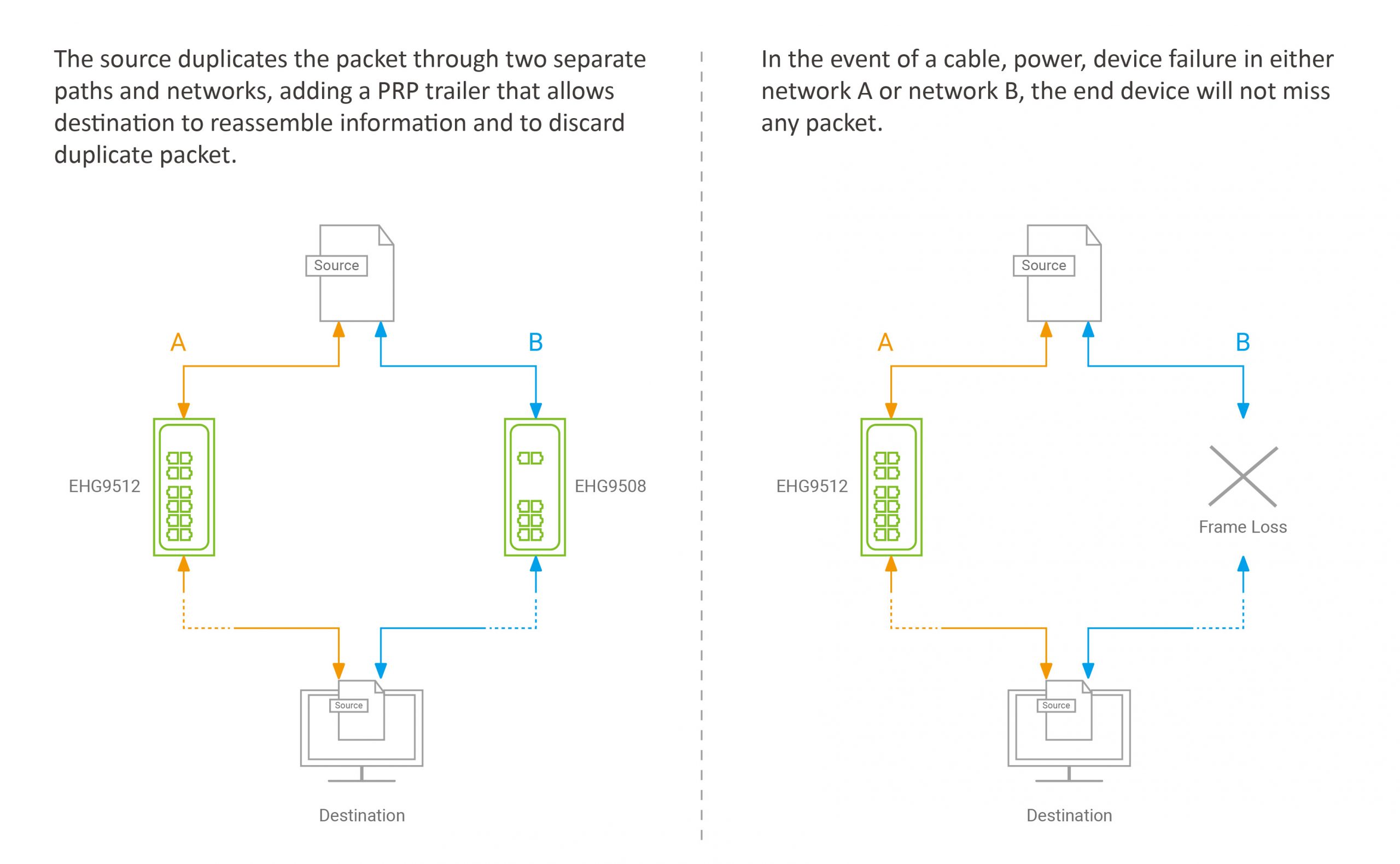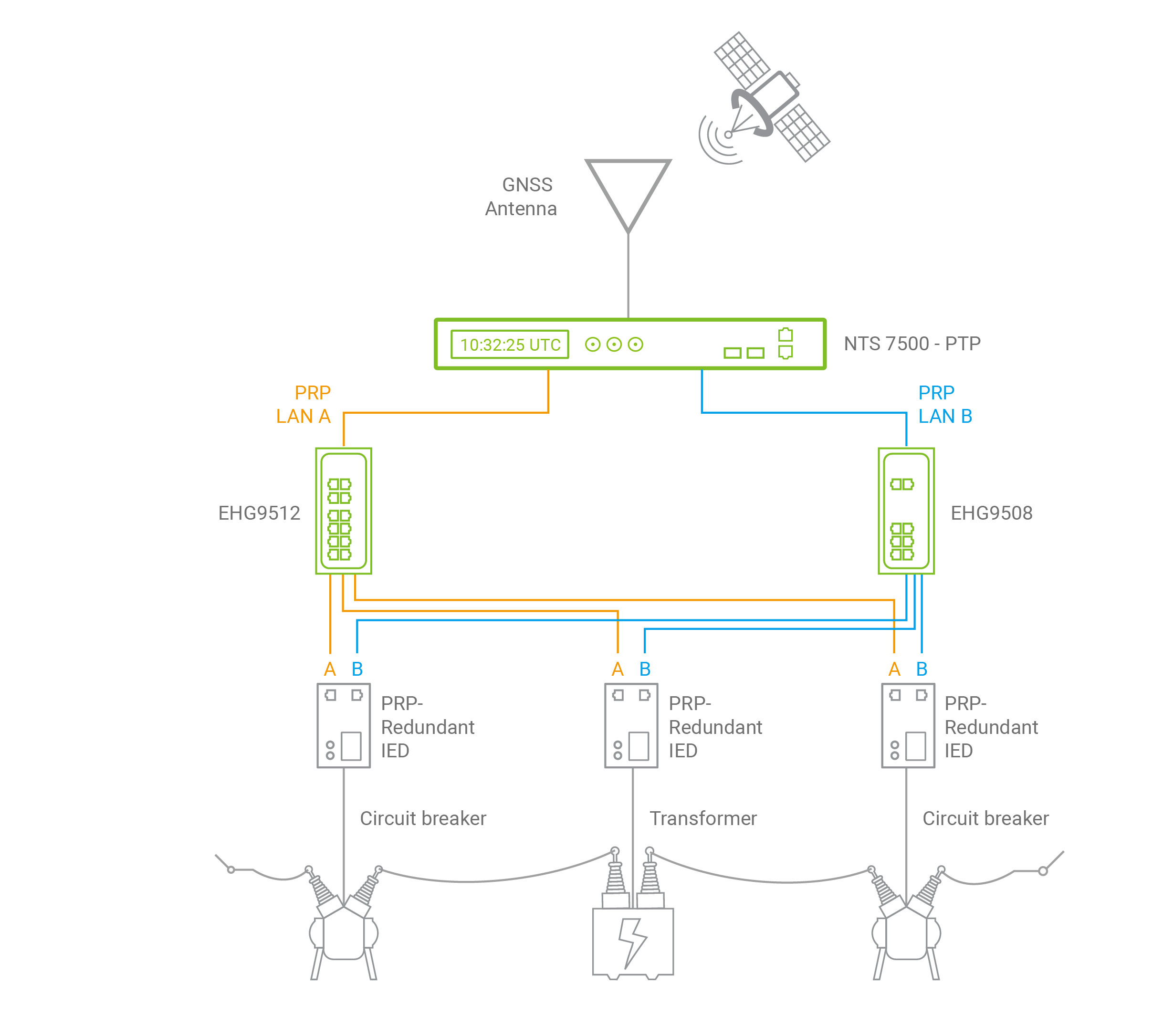August 11, 2020
PRP-Redundant Nanosecond Accurate Synchronization
Learn how ATOP’s NTS7500-PTP IEEE1588v2 Precision Time Protocol Grandmaster Clock can enable zero-packet-loss redundancy in Substation networks relying on IEC62439-3 Clause 5 Parallel Redundancy Protocol (PRP).

Power substations are getting more and more connected with each other forming the huge network now known as extended grid or smart grid. This wide interconnection requires real-time communication between geographically spread elements of the network and, in its absolute sophistication, mandates all components to be in sync with one another. Synchronized timing allows AC phases to be accurately synced among different power generation sources through synchrophasors, and allows very precise network diagnostics helping operators and grid managers to identify failures in the power transmission and distribution network.
The critical network components of the power substation are now getting designed with a state-of-the art EMC protection for substation environments (IEC61850-3) but also embed IEC62439-3 Clause 5 Parallel Redundancy Protocol (also known as PRP) that ensures that every element of the communication is sent simultaneously on separate, redundant paths, so that the destination device is able to receive that information even if one of the two paths unexpectedly fails communicating for whatever reason.

ATOP’s NTS7500 Series IEEE1588v2 Precision Time Protocol Grandmaster and Statum 1 NTP Server has been specifically designed to distribute nanosecond accurate timing in the substation networks supporting IEC/IEEE61850-3-9:2016 and IEEEC37.238:2017 Power Profiles. More information on NTS7500-NTP and NTS7500-PTP are available on the links below.
